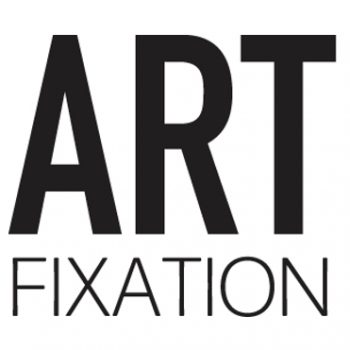How to Photograph Art and Get the Perfect Shot
Have you ever tried to take a picture of your art, only to be disappointed with the results?
It can be frustrating, especially if you are not a professional photographer. Whether you are a professional photographer or an amateur, there are some things that you can do to improve your photography skills and get the perfect shot every time.
One of the most important things to remember when photographing art is lighting. Good lighting can make or break a photo, so it’s important to take some time to think about the best way to light your subject. If you are taking pictures indoors, try to find a spot near a window where natural light can illuminate your artwork. If you are taking pictures outdoors, try to find a spot where the sun is not directly shining on your artwork, as this can cause glare and make it difficult to see the details in your photo.
Light from a window is ideal, but avoid direct sunlight, which can create glare and wash out colours. If you’re using artificial light, try to use soft white bulbs that mimic natural light as closely as possible.
Composition is also important when taking pictures of art. Try to frame your subject in an interesting way, and pay attention to the background of your shot. A busy background can be distracting, so try to find a spot where there is not a lot going on behind your artwork. If you are photographing a sculpture, for example, you may want to take the picture from different angles to get an interesting composition.
A plain wall or simple backdrop is usually best.
Sometimes photographing art can be a challenge. Whether you’re trying to get a shot of a painting in a museum or you’re taking photos of sculptures in a park, there are some things you can do to make sure you get the perfect shot every time.
Always use a tripod. This will help keep your camera steady and prevent any blurriness in your photo.
Also use the manual setting on your camera. This will give you more control over the exposure and focus, which is important when photographing art.
Don’t be afraid to experiment. Try different settings and see what works best for the type of art you’re photographing. With a little practice, you’ll be able to get the perfect shot every time!
Take multiple shots from different angles. This way, you’ll have plenty of options to choose from when you’re editing your photos.
When framing your shots, make sure not to cut off any important parts of the artwork. Zoom in or crop later if necessary, but try to get the whole piece in the frame.
Even if you don’t consider yourself a Photoshop pro, there are some basic edits that can really make a difference in the quality of your photos. Cropping, adjusting the levels and curves, and adding a bit of sharpening can go a long way.
Here’s a few comments from the pros;
“The first thing to remember is that you’re not photographing the artwork itself, you’re photographing the light bouncing off of it.” – Annie Leibovitz
“Try to get close and fill the frame with the artwork. You want your viewers to feel like they’re standing in front of it.” – Gregory Crewdson
“Art is all about emotion, so make sure your photos convey that. Shoot from different angles and experiment with different lighting.” – Mary Ellen Mark
“If you’re not enjoying yourself, it will show in your photos.” – David LaChapelle
Photography should be enjoyable, so don’t take yourself too seriously. Just relax and let the creative juices flow.
Happy shooting!

“Art should comfort the disturbed and disturb the comfortable”
— Banksy

